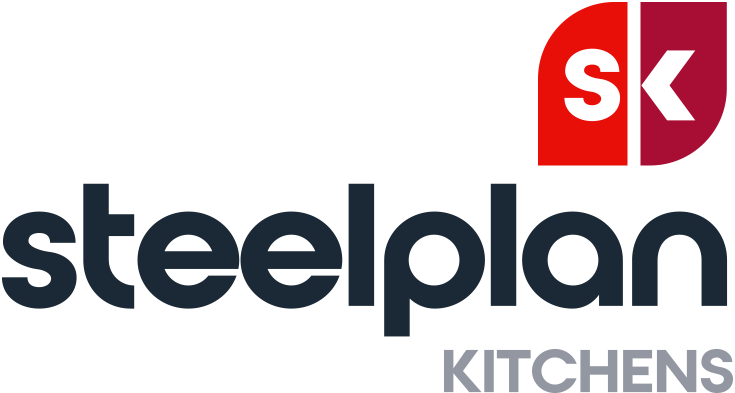4 Health and Safety Tips you need to know when designing a Community Centre Kitchen
Your community kitchen needs to accommodate a range of ages and physical abilities, as well as adhere to basic health and safety regulations. It might seem a little intimidating to have to account for all the different needs, but it doesn’t have to be.
If you make the right choice of kitchen, it makes health and safety easy. For example, a Steelplan semi-commercial kitchen is safe and hygienic by design, and our experts will work with you to create a space that is welcoming, functional and safe for everyone.
We’ve also prepared this checklist to give you an easy guide to health and safety basics and how to incorporate them into your kitchen.
1. Ventilation
Your legal obligations around ventilation depend on what equipment you choose, but regardless of the specific rules, you and your kitchen’s users will want to work in a well-ventilated area. An extractor fan over your hob is an obvious feature, but some kitchens would benefit from additional ventilation measures.
Design experts like Steelplan Kitchens can help you assess your kitchen layout and usage, and recommend ventilation systems that would keep an effective flow of fresh air in the kitchen area.
2. Accessibility
If your kitchen could be hired or used by external groups, you need to offer reasonable accessibility measures for different abilities. That might be designing surfaces at lower levels for wheelchair users, placing storage at heights that don’t require much reaching or bending, or choosing colours that help the partially sighted use and navigate the area.
Steelplan Kitchens can help you choose the placement of features and equipment for maximum convenience and user-friendliness.
3. Childproofing
Over 67,000 children have accidents in kitchens in the UK each year, and practical ways to avoid injuries and mishaps in your kitchen are simple features like child locks, and straightforward design choices like placing dangerous or breakable items out of children’s reach.
However, you also need to consider the materials of the whole kitchen. Domestic-style kitchen materials like vinyl-wrapped MDF deteriorate quickly under heavy use, leaving sharp edges (and flaking surfaces that children are tempted to pick at).
If instead your kitchen is made with a mild steel carcass and a stainless steel worktop (like the ones Steeplan offers), there is no wrap that can flake — just a solid, wipe-clean worktop and durable carcass.
4. Hygiene
Another crucial design consideration is hygiene, and the materials you choose are fundamental to sustain a clean kitchen.
The bacteria hotpots of a kitchen are the nooks and gaps where moisture lingers and germs thrive. Those are areas like sealant around a sink, grouting between tiles, and peeling vinyl on doors an drawers exposing the chipboard or MDF underneath. A semi-commercial kitchen eliminates all of those areas. The welded sink doesn’t require sealant, the rear upstand is folded into the worktop and any wall surfaces finished (like tiles and splashbacks) are sitting on top of the folded upstand as opposed to sitting on top of the work surface, and the stainless steel worktop is a solid surface that doesn’t absorb liquid or deteriorate.
For any design advice, or to plan the perfect kitchen for your space, get in touch with Steelplan today. Our expert designers are on hand to offer no-obligation consultations. Email [email protected] to get started.





